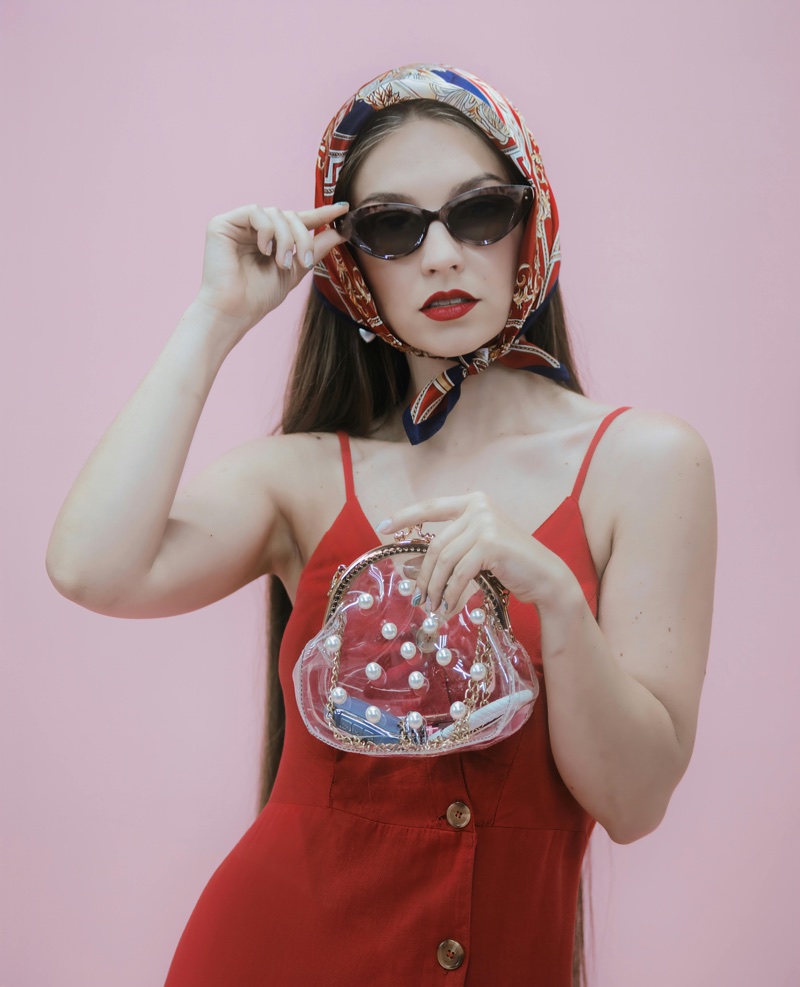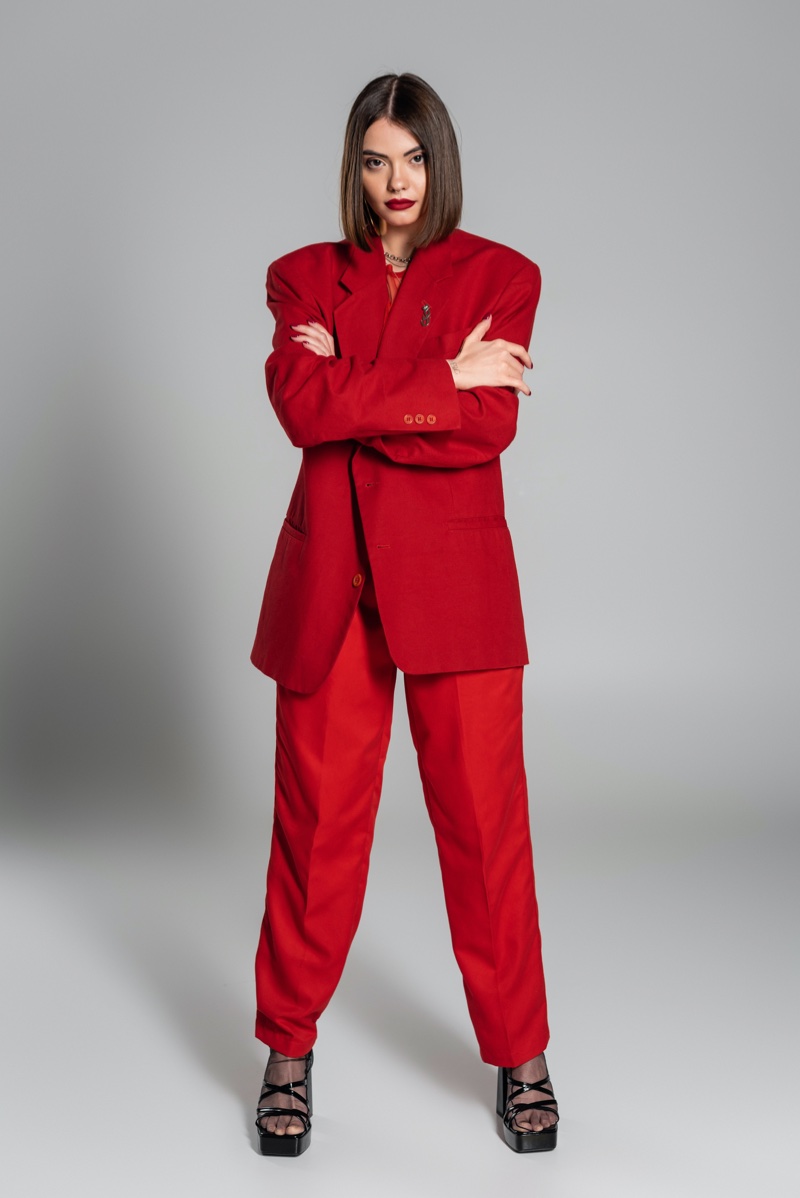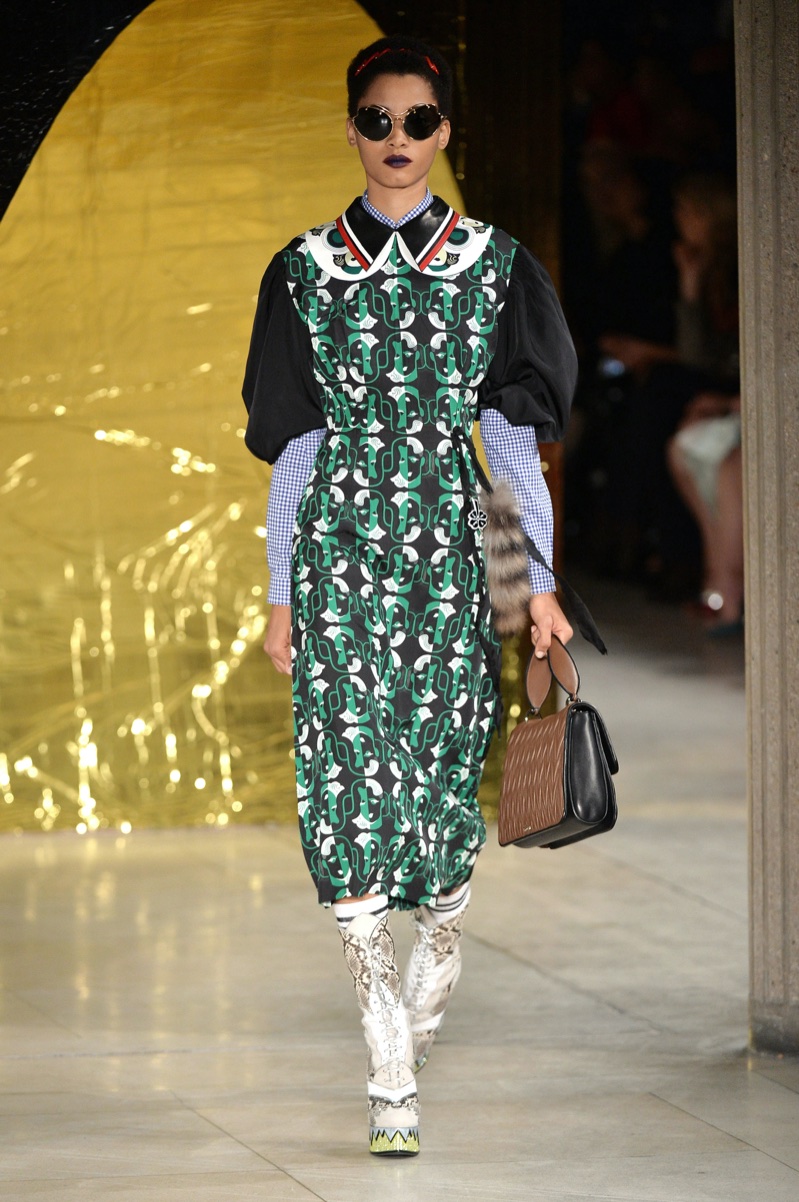
Why can’t fashion let go of the past?

From Paris runways to tictock feeds around the world, fashion appears to be caught up in rewinding. Y2K sparkly, 90s minimalism, 80s power suits. Each season feels like a curated time capsule, rather than moving forward.
But the obsessions over the last decade are more than just trends. It is a phenomenon deeply embedded in the cultural, emotional and economic machinery of the fashion industry. In times of uncertainty, people often seek comfort from familiar people, and clothing becomes a powerful vehicle of nostalgia.
For Gen Z, wearing the past is ironic and sincere, a rebellion against a rapidly moving digital life, a longing for an era they never lived. Meanwhile, brands and designers, driven by risk aversion and bottom line pressures, continue to minify archives and lend banks with proven silhouettes around experimental innovation.
So why can’t fashion let go of the past? The answer lies at the intersection of memories, markets and meanings that yesterday’s trends feel safer than tomorrow’s unknowns.
20-year cycle: a myth or mechanism?

The obsession with the fashion past is not random. It often follows what is known as the 20-year cycle. This is a widely accepted theory that trends will resurface about 20 years after they first peak.
In the early 2000s, I used to laugh at low-rise jeans and wrapped logos, but now it’s completely back. Similarly, the 90s had moments in the 2010s, and the 70s revived in the 90s. But is this cycle a creative roadmap or a lazy loop?
The rhythm of 20 years coincides with generational changes. As young adults begin to assert cultural influence, they reinterpret the styles they grew up around, or the styles their parents once wore.
But beyond personal nostalgia, there is a calculated business incentive. The familiar trends are safer than the market, easier to remix, and are already engraved in public memory.
Still, some critics argue that this cycle is more of a marketing crutch than a true revival. Instead of inspiring fresh creativity, the system risks turning fashion into a predictable loop. Something that reinvention becomes a copy.
Psychology of Nostalgia: Why We Wear Clothes Like Our Past

Fashion goes beyond aesthetics. It’s deeply emotional. In times of social upheaval and personal uncertainty, people are drawn to familiar people and their clothing becomes soft.
Nostalgic styles act like wearable memories and evoke an era of perceived simpler, freer or more authentic. Whether it’s baggy denim from the 90s or the playful kitsch of Y2K, these offer comfort, identity and escape.
Psychologically, accepting the past provides a sense of continuity in a rapidly changing world. For Gen Z, retro fashion is a way to connect with pre-digital pasts that they have never experienced firsthand. Wearing a vintage or vintage inspired piece allows for both irony and honesty, rebellion and belonging.
Social media amplifies this vintage-loving loop. The algorithm rewards recognizable aesthetics and turns recycled howses and 10-year-inspired fit into virus content.
However, as love for the past becomes a performance, its personal meaning becomes vague. It raises the question: are we drawn because these styles resonate or because they are trending?
Cultural Age: When the past feels more exciting than the present

In many ways, fashion reflects a cultural atmosphere. And recently I have found the past to be more convincing than the present. Pop culture is saturated with retro influences: like a TV show Stranger Things Make the 80’s attractive Barbie Rethinking nostalgic femininity for a modern audience.
The music video borrows the aesthetics of VHS, and film photography is popular among teenagers who grew up on 4K cameras. The past has become a curated fantasy. Something that feels more lively, playful and emotionally rich now than HyperDigital.
This aspiration is existential. In a world tackling climate anxiety, economic instability and social fragmentation, revisiting the past gives us a sense of security. Even if it was what we imagined. Fashion has become a form of cultural escapism and is a way to lock your identity in an age when the future feels uncertain.
But this dependence on nostalgia also reveals a creative deadlock. If you don’t have a clear aesthetic or confidence to define it, it’s no wonder designers and consumers keep looking backwards for inspiration.
Creative Cost: Is Fashion losing its advantage?

Looking at the past, there is emotional resonance and commercial appeal, but it can come at creative costs. If fashion is recycled endlessly through the days of past, innovation risks recurring in replication.
Once celebrated with boundary-taking originality, designers now feel pressured to offer a marketable “retro revival” rather than a bold new vision. The archive collection will be reissued after the season and frequently sought out for iconic logos and vintage silhouettes, but it’s not a fresh idea.
This trend raises deeper concern: Has fashion lost its role as a cultural pioneer? At its best, fashion challenges norms, reflects social change, and imagines the future. However, in a saturated state of nostalgia, it sometimes acts as a mirror to memory rather than the window ahead.
Remix for the past

Still, it’s not all regressive. Designers like Miuccia Prada, Martine Rose, Marc Jacobs and Demna use nostalgia as a disruptive tool. They do it to interrogate the past rather than romanticize it.
They often blend vintage references and modern codes to criticize consumers, explore identity, and distort traditional beauty.
Whether it’s Prada’s ironic twists about retro femininity, Rose’s distorted menswear depicted from 90’s subculture, Jacobs’s theatrical rethinking of grunge, or Demna’s corporate and streetwear dystopian remix, these designers treat past eras as creatures rather than destinations.
The difference lies in intent. Is the past reinterpreted for purpose or is it simply repackaged for profit? True innovation does not mean abandoning the past, but rather boldly reshaping it into something we have never seen before.







